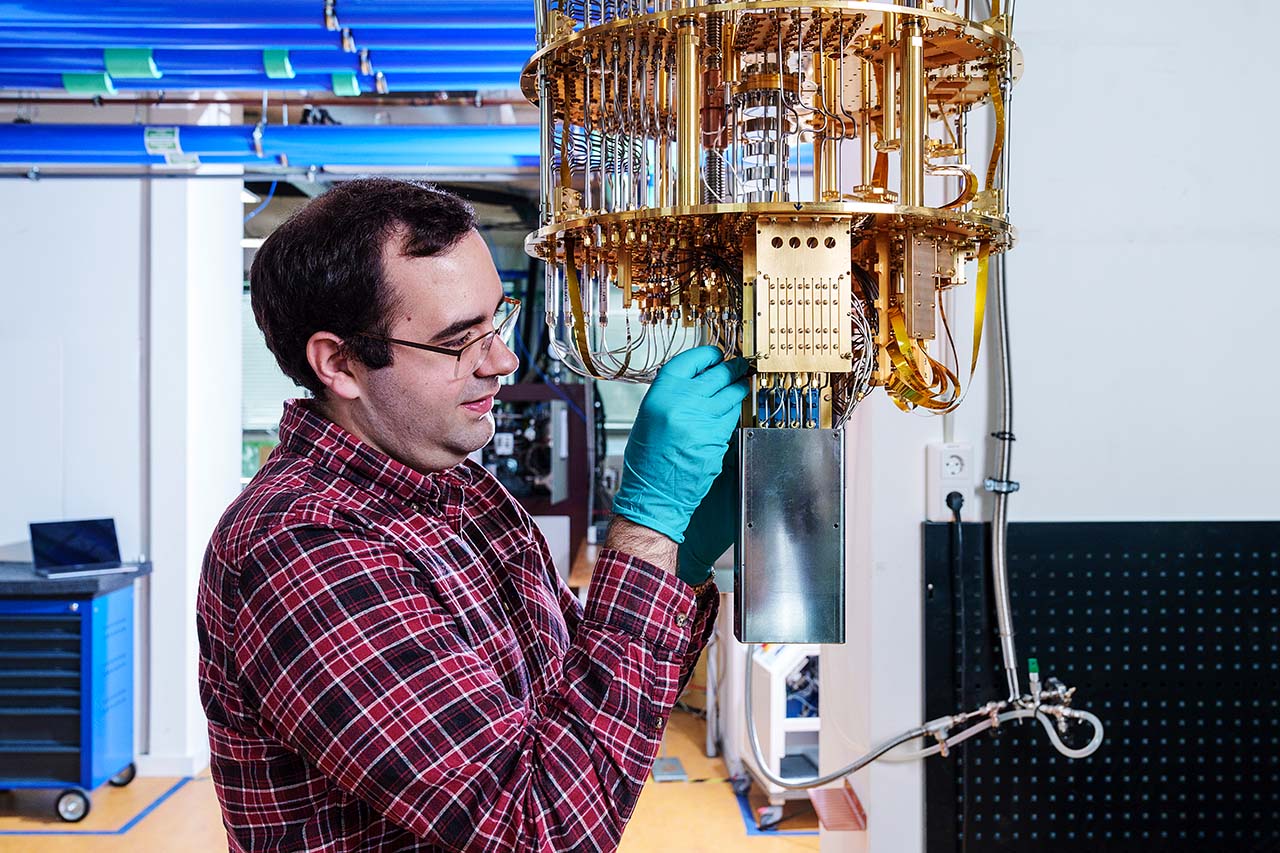Quantum
internet
Building a secure quantum internet
A quantum internet is a radically new technology that connects (quantum) devices, such as quantum computers, over large distances. This will allow for novel innovations, including levels of privacy, security, and computation power that are impossible to achieve with today’s internet. At QuTech, our mission is to provide the enabling technology for the future quantum internet and showcase the very first fully functional quantum networks.
We are unique in that we’re working on every single aspect necessary for realizing quantum networks: we’re developing the software, the interface between software and hardware, and the hardware.
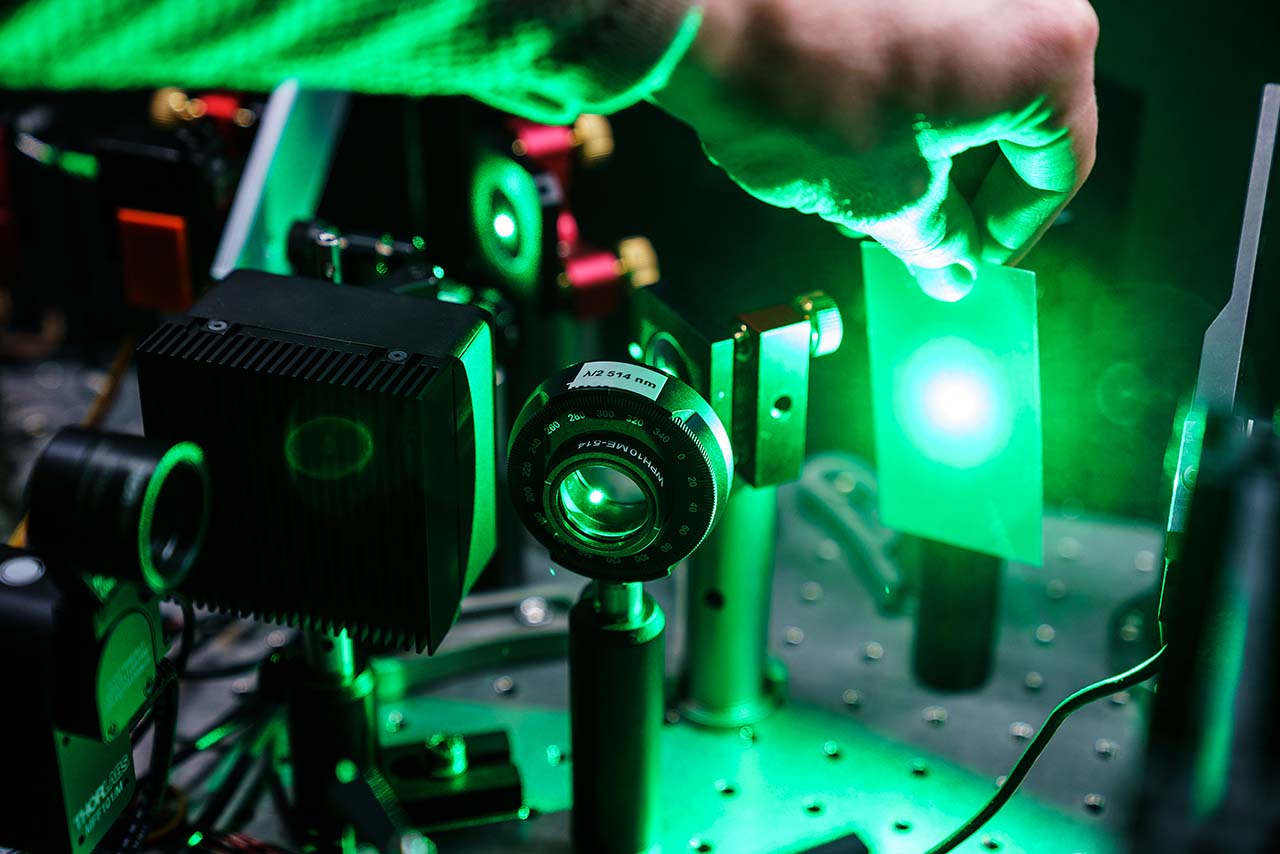
Quantum network protocols and application
Long-term goal:
To develop a full quantum network stack and novel applications for a quantum internet.
Highlights
In collaboration with the University of Innsbruck, INRIA and CNRS, we created the first operating system designed for quantum networks: QNodeOS. The research, published in Nature, marks a major step forward in transforming quantum networking from a theoretical concept to a practical technology that could revolutionize the future of the internet.
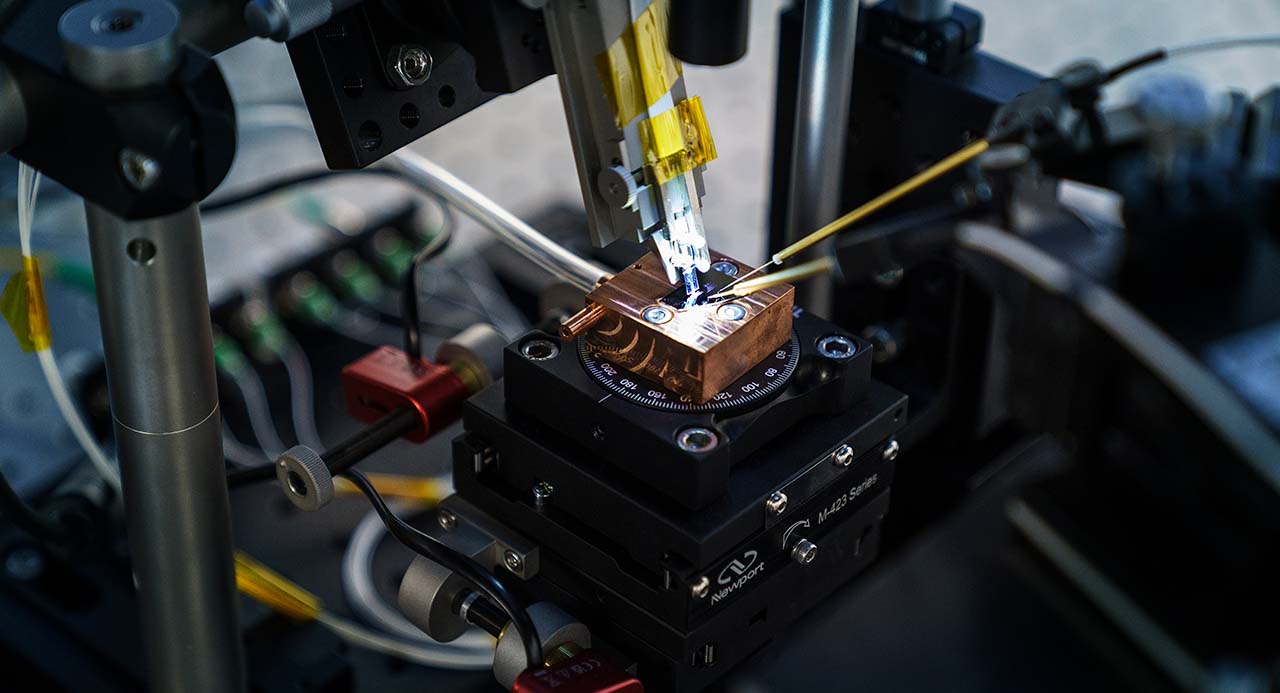
Quantum network hardware
Long-term goal:
To provide experimental demonstrations that push the frontier of quantum networking hardware and yield new enabling technologies and insights.
Highlights
An international research team led by QuTech has demonstrated a network connection between quantum processors over metropolitan distances. Their result marks a key advance from early research networks in the lab towards a future quantum internet. The team developed fully independently operating nodes and integrated these with deployed optical internet fibre, enabling a 25 km quantum link (Science Advances).
We have developed full quantum control (initialisation, gates and readout) of the diamond SnV spin qubit (PRX 2025). Moreover, we have demonstrated the preservation of optical coherence and the heralded initialisation of the charge state within nanostructures (Phys. Rev. Lett. and Phys. Rev. Applied). These results pave the way towards large on-chip photonic integration of high-quality optically interfaced qubits.
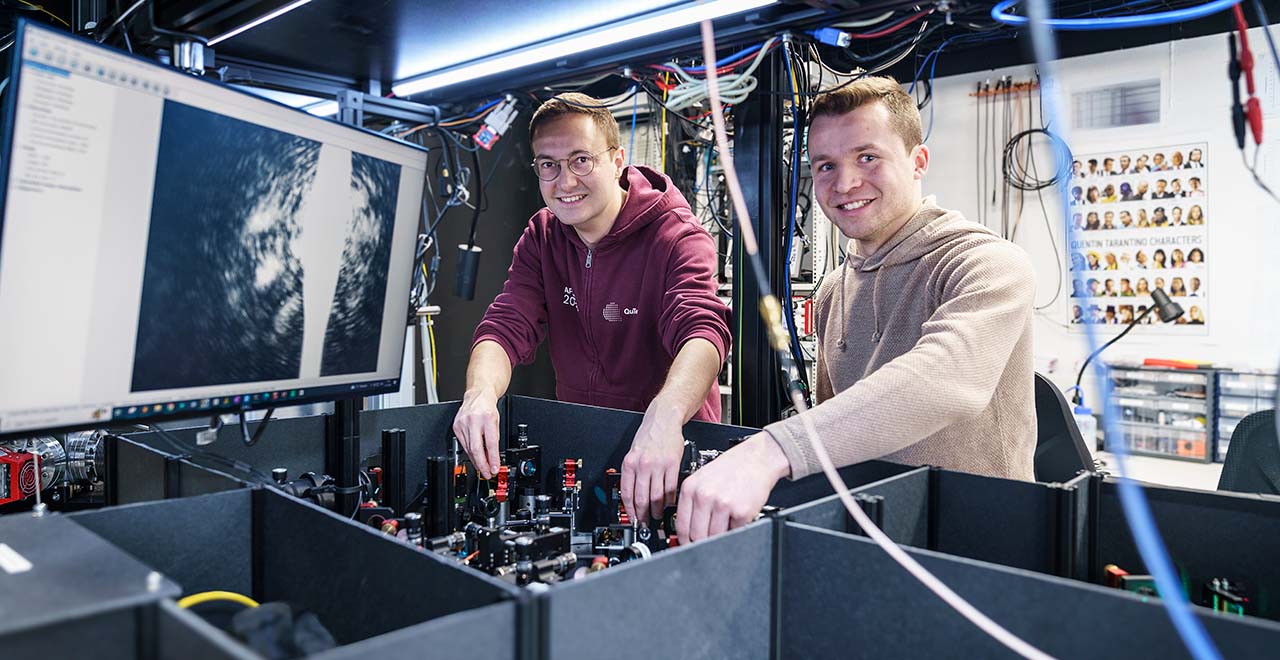
Quantum processors for quantum networks
Long-term goal:
To develop and exploit multi-qubit quantum processors for use in a quantum internet and networked computing.
Highlights
We used numerical simulations to analyse the distributed surface code and determine the fault-tolerance thresholds including memory decoherence (AVS Quantum Science) and for different schemes for the optical entanglement interconnects (arXiv). We addressed the question of how to efficiently map quantum error correction codes onto modular distributed architectures. We also looked into what the resulting realistic requirements would be on basic operations, setting the requirements for future experimental implementations.
We experimentally optimised and demonstrated a universal quantum gate set with all fidelities above 99.9%, and with single qubit fidelities up to 99.999% based on the NV centre in diamond (Phys. Rev.). Such high-fidelity gates are a crucial step towards larger error-corrected processors. To satisfy the thresholds for error correction, highly precise quantum gates are required. Additionally, we generalised the theoretical framework for the gate designs, creating new tools for further optimisation (PRX Quantum).
We have started developing a new qubit platform for QuTech: silicon-vacancy in silicon carbide and as a first step we demonstrated coherent optical transitions in industrial bulk grown SiC wafers (npj Quantum). These qubits are promising for large scale integration and can operate at high operation temperatures (up to 20 Kelvin).
An important challenge in scaling up to larger systems is the development of scalable qubit control. In collaboration with the quantum computing division we have demonstrated the integrated control of an NV centre qubit using cryogenic CMOS chips (IEEE). We achieved performance comparable to bulky room-temperature electronics (using the same gate design) indicating a promising path towards scalable qubit control.
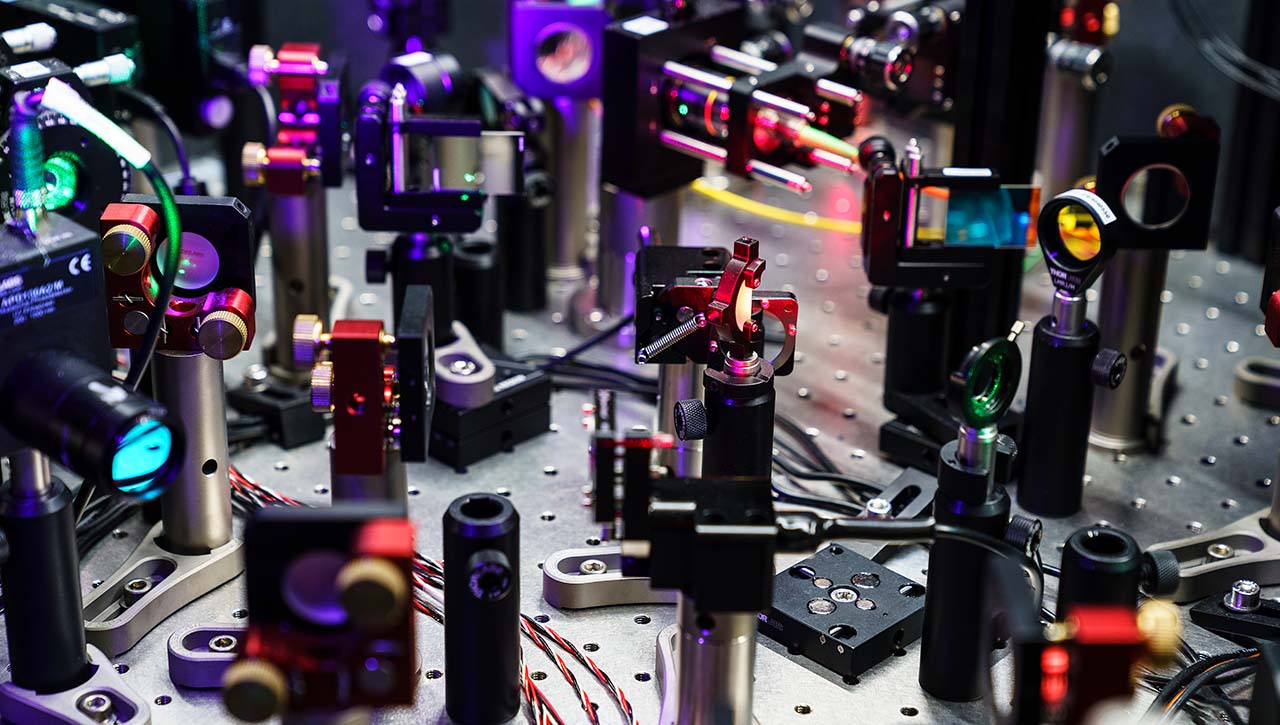
Quantum Network Explorer: unlocking the power of quantum networks
Long-term goals:
To showcase the world’s first quantum internet, make quantum internet technology accessible to the public, and build and engage a global community.
Highlights
2024 was a year of technical progress for QNE. In partnership with the Quantum Internet Alliance, we launched the Quantum Internet Application Challenge, including a Tutorial Challenge designed to help new users explore and develop quantum network applications.
We made significant strides toward integrating real quantum hardware into QNE. Work is underway to connect NV center–based network nodes, paving the way for future hybrid experiments combining simulation and physical quantum systems.
New simulator backends were introduced, and improvements to backend selection and visualisation tools made simulations more transparent and user-friendly.
Finally, the Community Application Library continues to grow, enriched by community contributions and offering inspiring examples for users entering the field.
